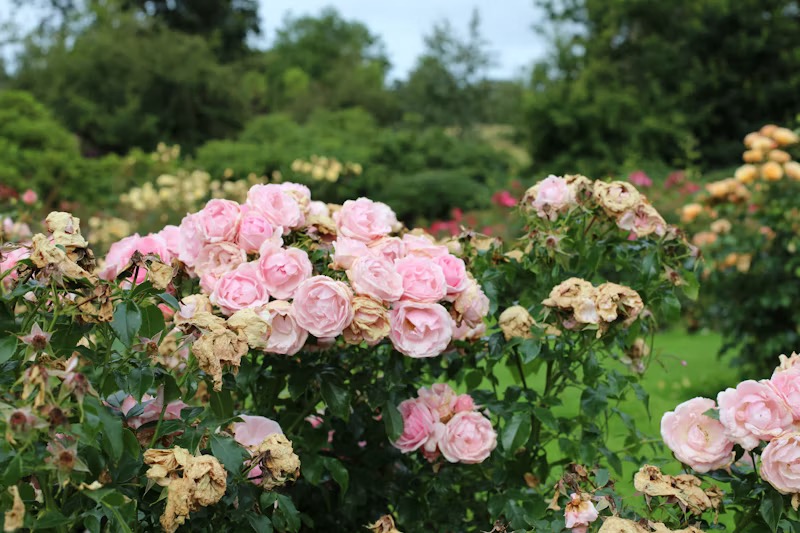We spent a day in Vidin, Bulgaria — a city that’s clearly working to revive itself despite noticeable wear and challenges. Once an industrial and agricultural hub on the Danube, Viden remains the poorest city in Bulgaria, which itself is the poorest nation in the European Union. The decline shows: crumbling sidewalks, weathered buildings, and an emptiness in the streets where jobs and young people have drifted away over the last few decades. The population has more than halved since its peak, when the city teemed with life and opportunity. Yet Viden welcomes visitors with open hearts and an unmistakable warmth.



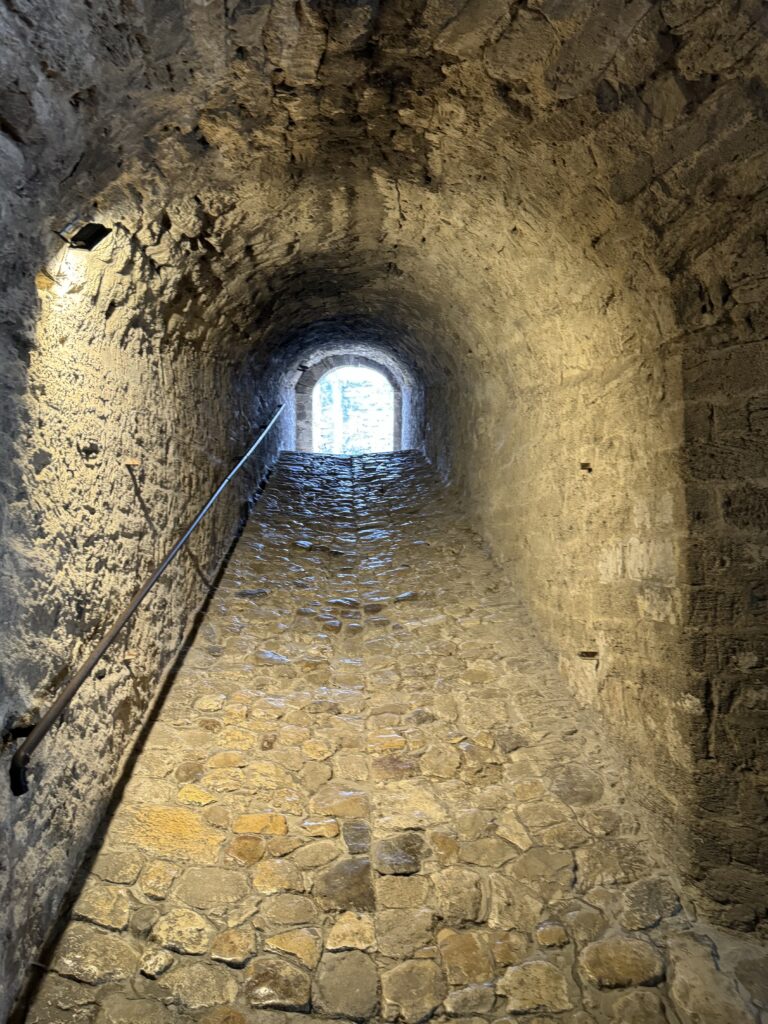
Baba Vida Fortress – Bulgaria’s Best-Preserved Medieval Castle
Our day began at one of Vidin’s most important landmarks—the Baba Vida Fortress. This well-preserved medieval castle dates back to the 10th century and is the only fully preserved medieval fortress in Bulgaria. Built on the remains of a Roman fort, it has never been conquered by an enemy army. The structure is surrounded by thick stone walls, towers, and a moat that once protected the city. Today, it serves as a museum showcasing artifacts from the region’s history, including displays of medieval weapons, armor, and clothing.
Walking through the fortress, we explored its underground chambers, winding staircases, and tiny chapel. In the courtyard, a display of traditional dress from the 10th and 11th centuries gave us a glimpse into how nobility might have appeared in Vidin’s medieval era. The fortress has also been used as a filming location for more than 50 movies and hosts outdoor events in its large open-air space. It’s an impressive site, both for its preservation and for the layers of history it holds.

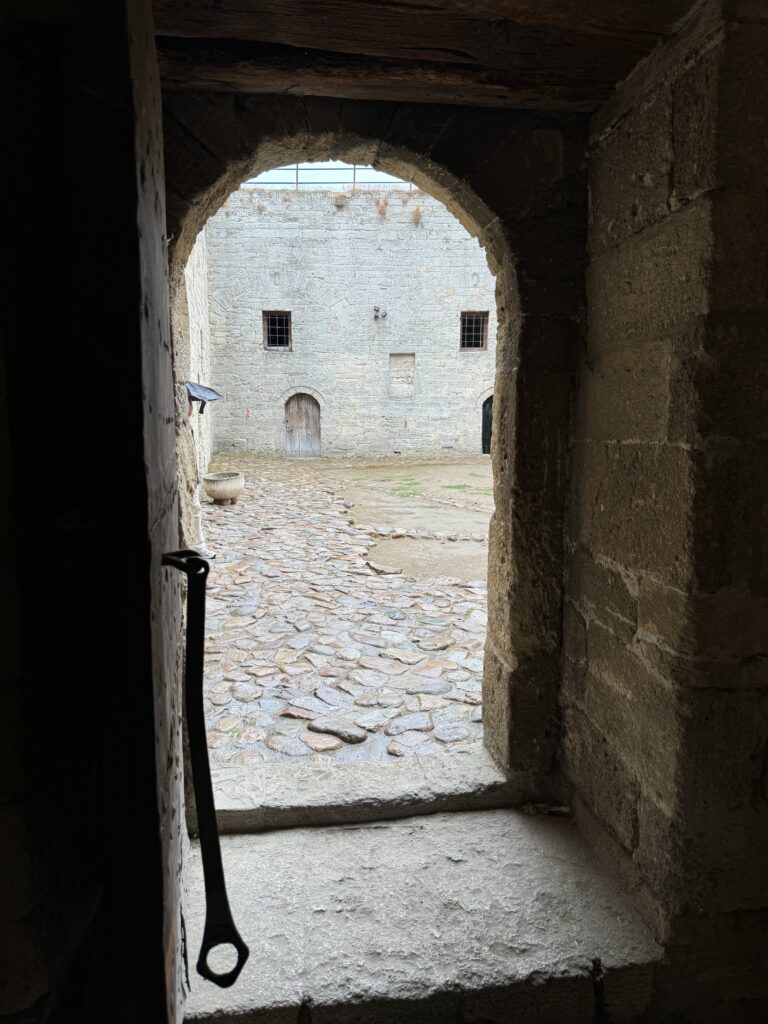

Exploring Vidin’s Streets and Historic Buildings
From there, we had some time to wander through Vidin’s central streets. The city center is dotted with historic buildings in various states of repair. One of the more curious local customs is the posting of memorial notices—often reprinted annually on the anniversary of a person’s death—on telephone poles, walls, and even tree trunks. These simple paper notices are a public way of honoring and remembering family members.
Our walk took us past the Jewish Synagogue, once home to a vibrant congregation before the Second World War. While the building has been renovated, it no longer serves as a place of worship. Instead, it functions as a cultural and community center. Across town, the Eastern Orthodox Church remains the most popular place of worship, while a small mosque stands nearby that we also visited. In a nod to peaceful coexistence, we were told that the religious leaders from both communities have been known to share coffee together. The mosque’s adjoining cemetery is unusual, with some gravestones carved to resemble turbans.
As we made our way through the city, we noticed Bulgaria’s flag—white, green, and red—flying proudly. The white symbolizes peace and freedom, the green represents Bulgaria’s agricultural wealth, and the red honors the blood shed for independence.

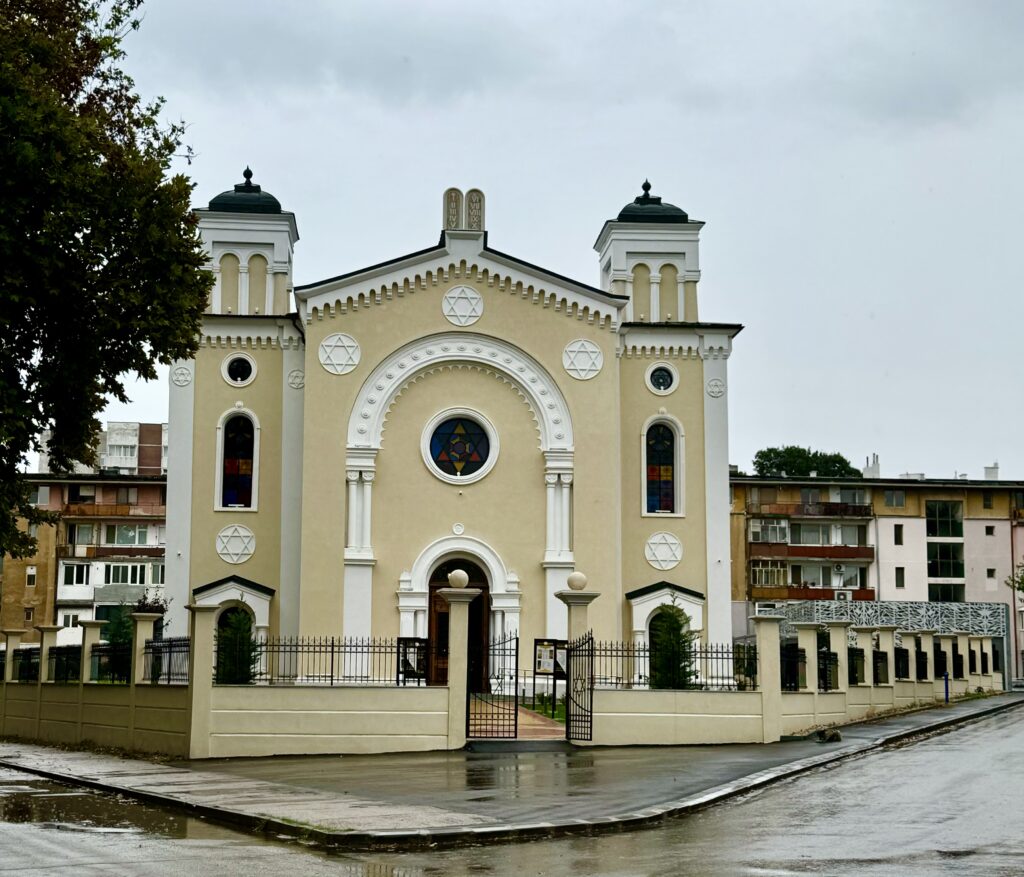

Bulgarian Roses – “Liquid Gold” from the Rose Valley
Later in the afternoon, we spent time browsing shops selling Bulgarian rose products. Roses have been closely associated with Bulgaria for centuries, and the country is one of the world’s leading producers of rose oil, often referred to as “liquid gold.” The majority comes from the famous Rose Valley, where the climate and soil produce blooms with an intense fragrance. Rose oil is widely used in perfumes, cosmetics, and even in certain culinary specialties. In Bulgaria, it’s common to bring home rose oil or rose-scented gifts for family and friends. The shops in Vidin offer a variety of products, from small bottles of pure rose oil to soaps and lotions infused with the scent of roses.
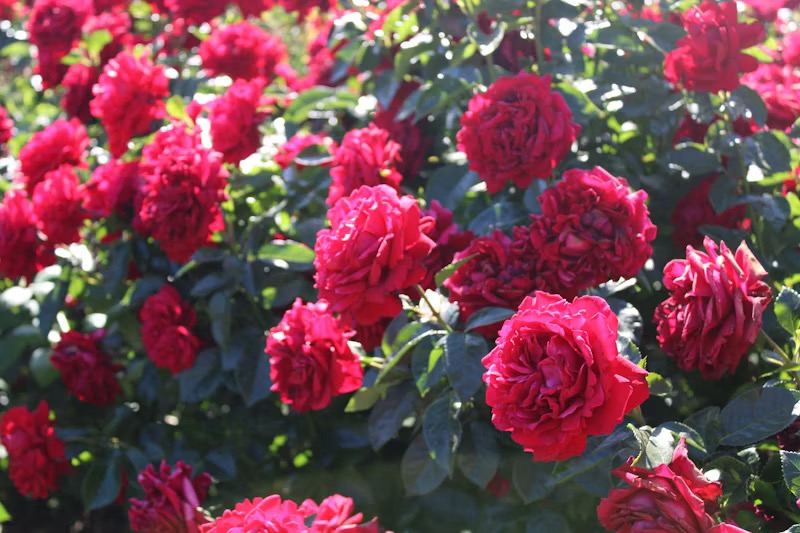


Everyday Life and Architecture in Vidin
We also explored some of Vidin’s architecture, including stark government buildings from the communist era—blocky and severe, with minimal decoration and very few windows. Apartment blocks are equally basic, with many families living in flats of about 500 square feet, typically with two bedrooms. Owners are responsible for exterior upkeep, and without a central maintenance system, building conditions vary widely.
Vidin also has its share of small surprises—like the coffee vending machines scattered along sidewalks. For a few coins, you can get an espresso, cappuccino, or other coffee drink right on the street. Who knew? 🙂 These machines are popular with locals and a bit of a novelty for visitors.
A short walk from the city center brought us to the remains of a Roman wall later reinforced by the Ottoman Empire. Inside, there were former jail cells used during various conflicts. For those with an interest in geocaching, this was a memorable spot—our group tracked down a hidden cache here, adding a little adventure to the history lesson.
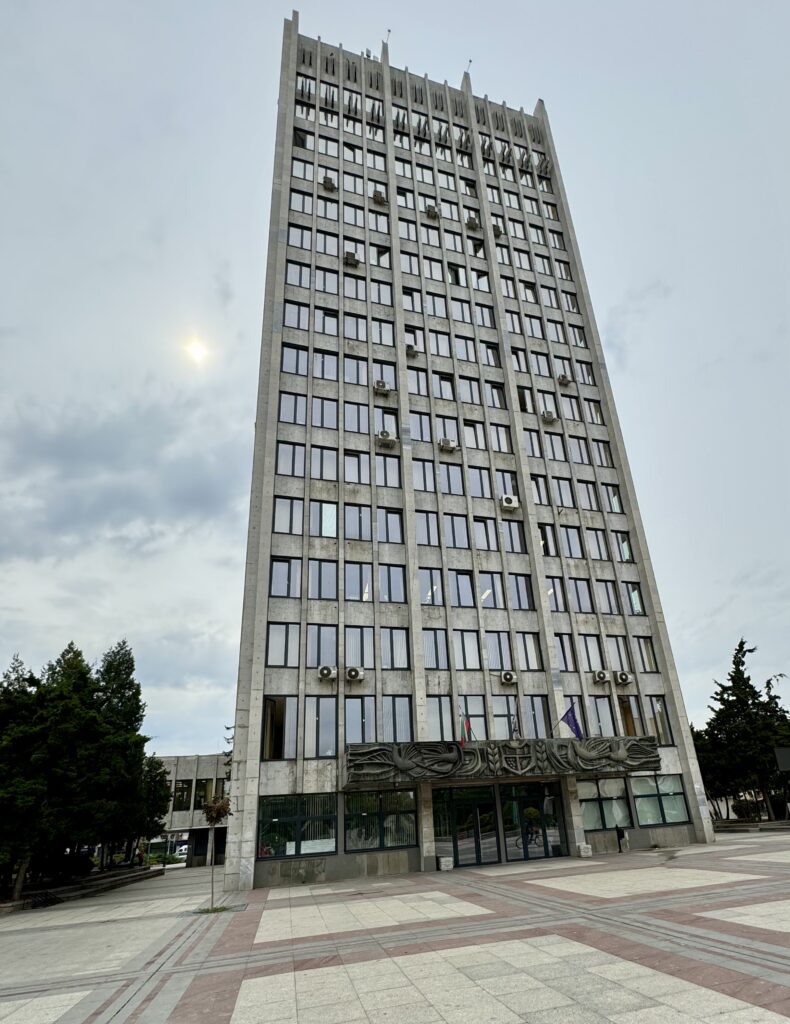
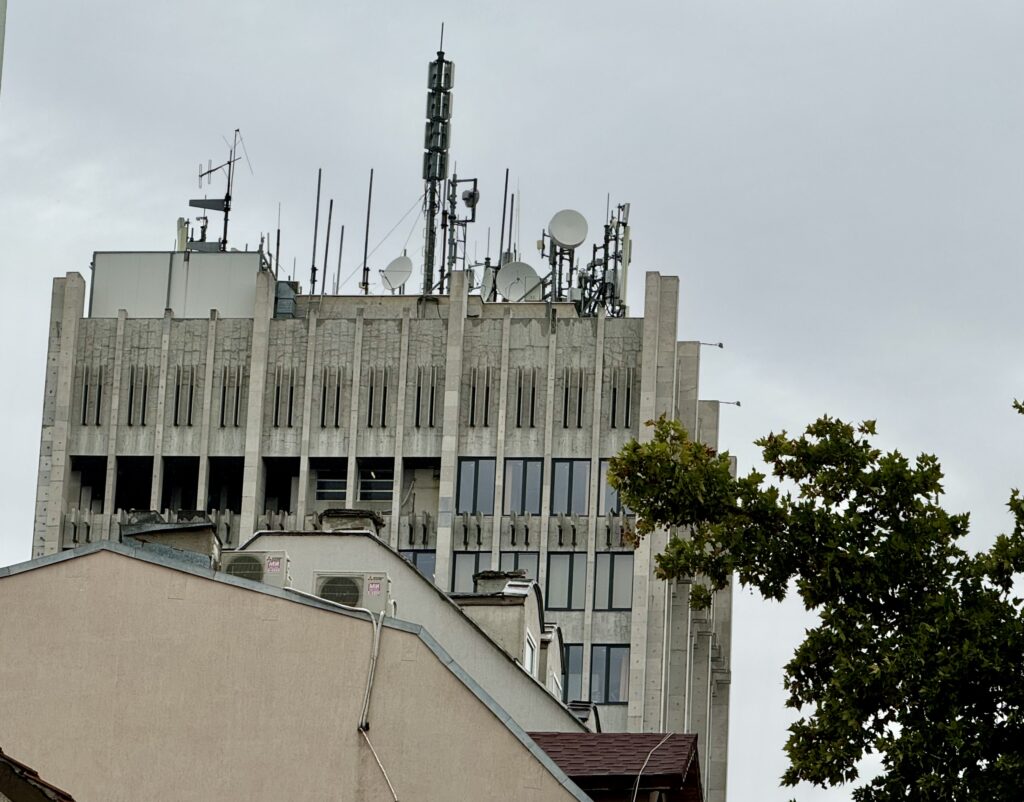

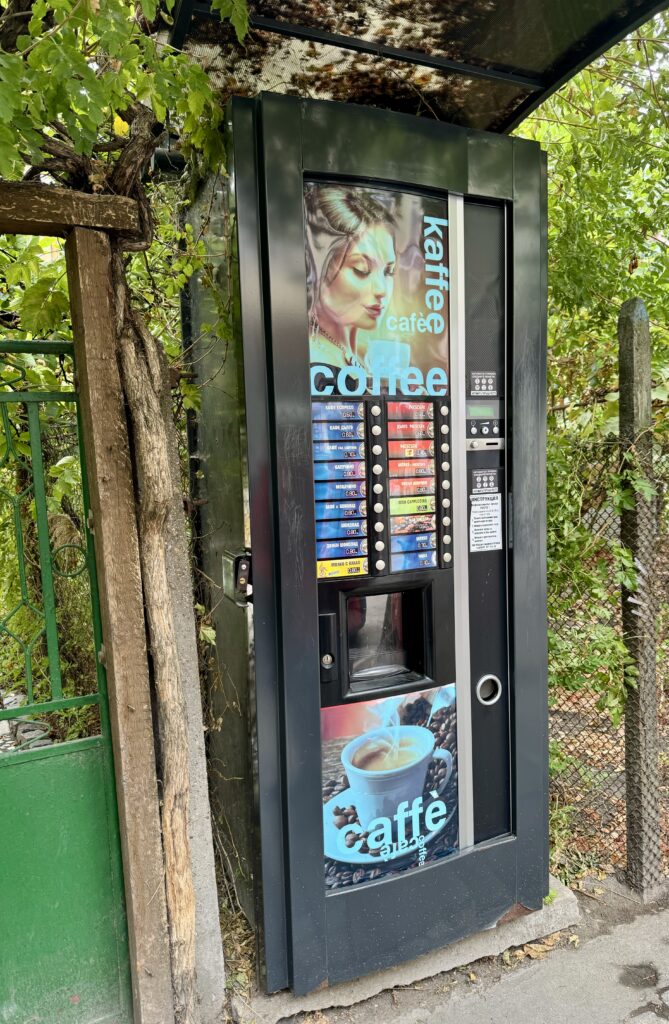
Sinfonietta Vidin – Music in the Heart of the City
After dinner, we went to the Drama Theatre in the heart of Vidin for a performance by Sinfonietta Vidin. Founded as a state cultural institution in 1949, Sinfonietta Vidin has long been a source of pride for the entire region. The orchestra draws musicians from Vidin and beyond, performing both in Bulgaria and internationally. They are deeply committed to training young musicians and cultivating a love of classical music in the community.
The performance we attended was truly amazing and one of the best we have ever heard. The theater’s acoustics highlighted the performance of the orchestra, and the program ranged from classical works to more contemporary pieces. While Vidin may struggle economically, its dedication to preserving and nurturing cultural traditions is clear. Sinfonietta Vidin stands as a testament to the city’s enduring creative spirit.



Final Impressions of Vidin
By the end of the day, Vidin had revealed itself as a place of contrasts—layers of history and architecture, reminders of economic hardship, and flashes of beauty and artistry. While it may not have the polish of larger cities, it offers a glimpse into a Bulgaria that is real, resilient, and rich in stories for those willing to explore beyond the well-worn tourist paths.
In the end, Vidin showed its true character to us—a city marked by its history, the challenges it faces economically, and moments of genuine beauty and creativity. iWhile it may not be polished, it provides an honest perspective on a Bulgaria that is resilient and deeply rooted in its past
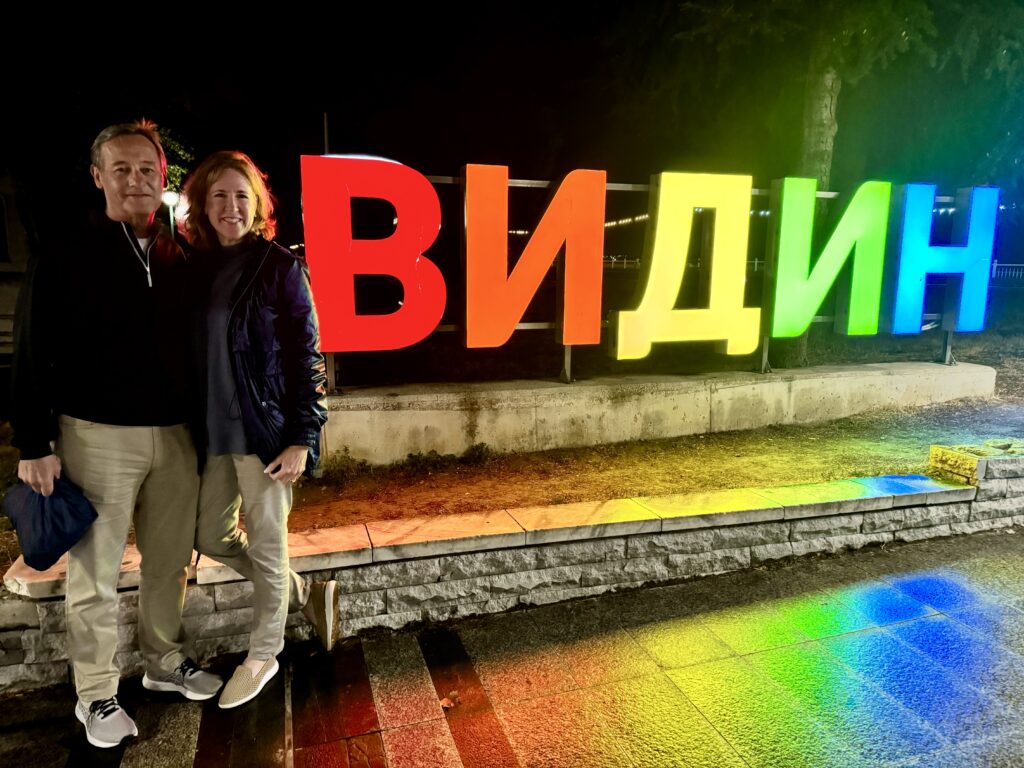
See also:
Budapest Revisited: A Wonderful Beginning
Vukovar, Croatia: A Quiet & Powerful Strength
Discovering Novi Sad: Serbia’s Unexpected Charm
Belgrade, Serbia – A City of Complex History
Golubac Fortress and Lepenski Vir – A Day in Northern Serbia
The Iron Gate Gorge: From Decebalus to Danube Locks
Viden, Bulgaria: Roses, History and Symphony
Belogradchik Fortress: Bulgaria’s Hidden Gem in the Balkan Mountains

